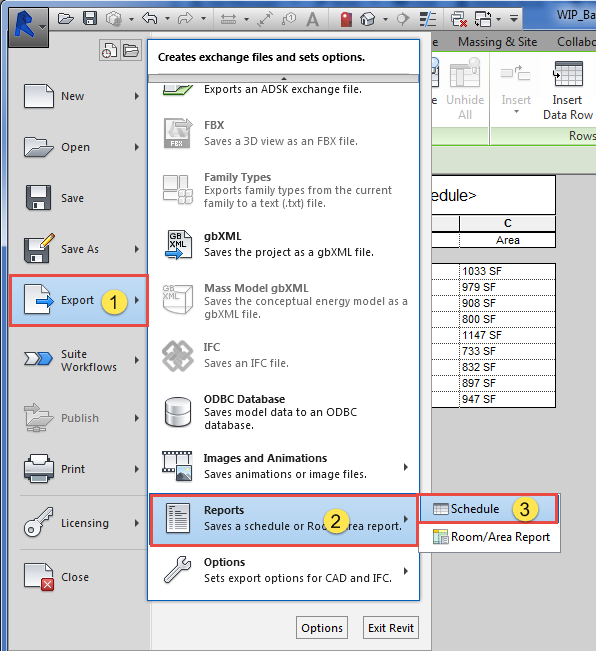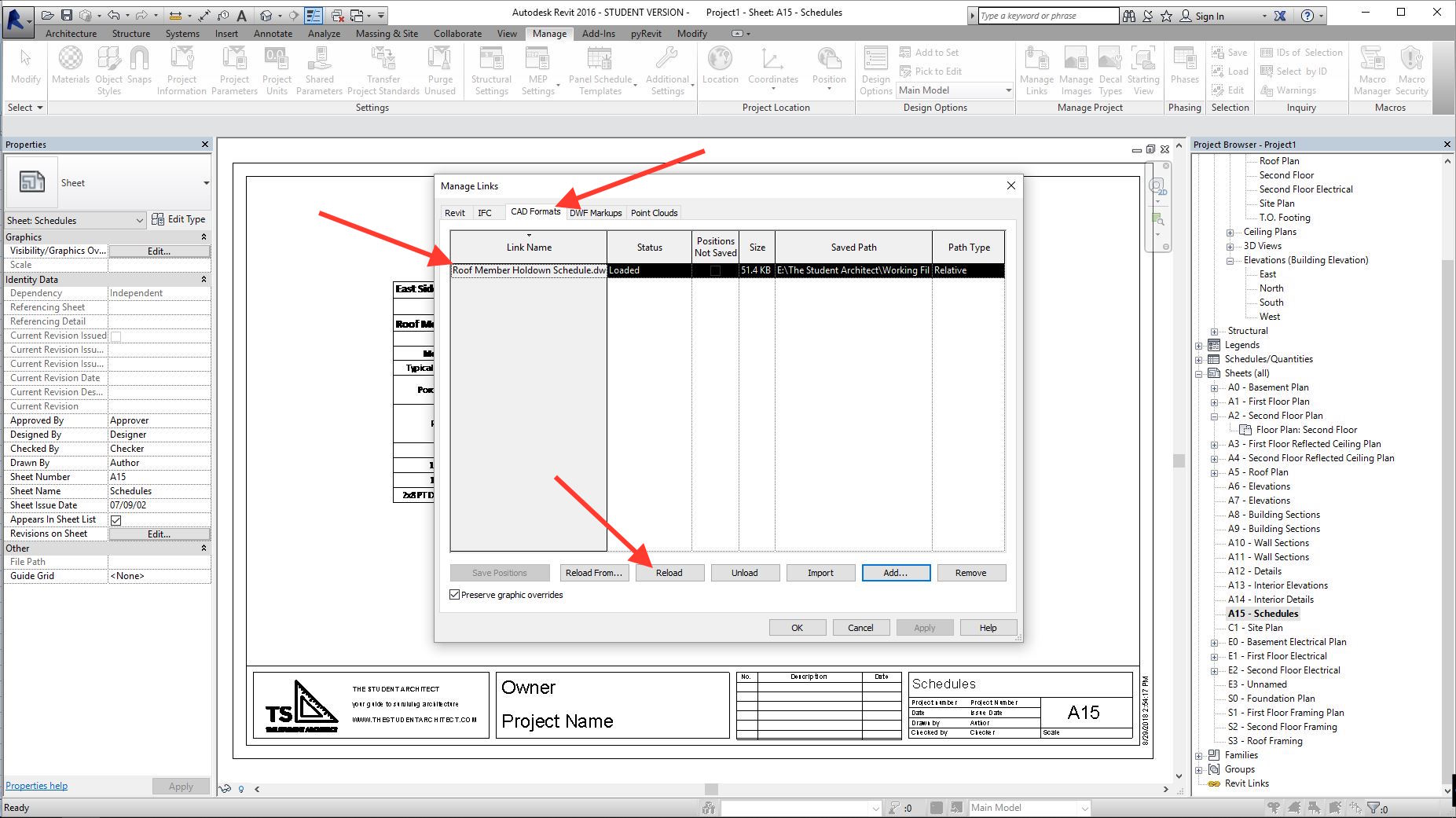Revit Tools: Your Secret to Precision and Efficiency
Wiki Article
Excel-to-Revit: A Game-Changing Operations for Architectural Design - Unveiling the Secrets
Are you tired of costs hours on architectural layout? Look no more! Presenting excel-to-revit, the game-changing workflow that will certainly transform your layout procedure. With excel-to-revit integration, you can simplify your architectural layout, unlock performance, and make the most of partnership within your team. In this post, we will unveil the tricks of this powerful tool, showing you exactly how it can change your style tasks. Prepare yourself to take your building layout to the following level with excel-to-revit!The Power of Excel-to-Revit Combination

Envision the ease of having the ability to upgrade and edit project information in Excel, and instantaneously see those adjustments reflected in your Revit design. No much more hands-on data entrance or tedious updates. With Excel-to-Revit combination, you can conserve time and lower errors by leveraging the power of Excel's features and formulas to instantly produce exact data in Revit.
Not only does this assimilation enhance performance, but it also enhances collaboration amongst team participants. You can quickly share Excel files with colleagues, who can after that import the data right into their Revit models. This advertises a seamless exchange of info and guarantees that every person is working with one of the most updated data.

Enhancing Building Layout With Excel-To-Revit
Simplifying architectural layout is made much easier with making use of Excel-to-Revit (revit plugins). With this powerful combination, you can maximize your operations and save valuable time throughout the design procedure. By leveraging the abilities of Excel and Revit, you can effortlessly move data between the two platforms, getting rid of the requirement for manual information access and reducing the threat of errorsExcel-to-Revit enables you to import and export data effortlessly, allowing you to conveniently update and customize your building layouts. You can produce schedules, determine quantities, and generate reports in Excel, and afterwards transfer that data directly into your Revit model. This integration makes certain that your layout details is always up-to-date and integrated, getting rid of the demand for manual updates and reducing the possibilities of inconsistencies.
By utilizing Excel-to-Revit, you can also take advantage of the effective computational capacities of Excel. You can execute intricate computations, assess information, and automate recurring jobs, all within Excel. Then, with just a few clicks, you can import the outcomes back right into Revit, permitting you to make enlightened design decisions and optimize your architectural layouts.
Unlocking Performance: Checking Out the Excel-to-Revit Operations
Maximize your productivity by flawlessly incorporating Excel and Revit for an extra efficient operations. With the Excel-to-Revit operations, you can unlock an entire new level of effectiveness in your building layout procedure. By utilizing the power of Excel's data administration abilities and integrating it with the versatility and precision of Revit, you can improve your design process and save beneficial time.Among the essential advantages of this assimilation is the ability to import and export information in click for source between Excel and Revit. This indicates that you can conveniently move task information, such as room timetables or material quantities, from one software program to the other, removing the demand for manual data entrance and reducing the possibilities of mistakes. You can also develop personalized formulas and computations in Excel to automate recurring tasks and execute complicated calculations, which can after that be effortlessly integrated into your Revit versions.
Furthermore, the Excel-to-Revit workflow permits much better coordination and collaboration in between group participants. With Excel acting as a main data hub, numerous staff member can function on different facets of the job at the same time, sharing and updating details in real-time. This not only boosts communication however additionally guarantees that every person is dealing with the most updated data, eliminating the danger of incongruities.
Making The Most Of Partnership: Excel-to-Revit for Architectural Teams
By seamlessly incorporating Excel and Revit, building groups can greatly improve collaboration and achieve a lot more effective design end results. When using this powerful process, you can easily transfer information between Excel spreadsheets and Revit models, simplifying the design procedure and boosting interaction amongst employee. With Excel-to-Revit combination, you can effortlessly import job information, such as room schedules, material quantities, and task parameters, straight into Revit, eliminating the requirement for hands-on information access and minimizing the possibilities of errors. This seamless link permits real-time updates, making certain that everybody is working with the most up-to-date details and preventing disparities between various files.Furthermore, by leveraging Excel's effective calculation capabilities, you can do complex computations and evaluation on your design information, providing valuable understandings and driving notified decision-making. This integration also enables you to export information from Revit to Excel, enabling you to create comprehensive reports, graphes, and graphs for presentations and analysis. This joint workflow advertises effective interaction and sychronisation among staff member, as Excel acts as a main hub for data management and sharing.
General, by welcoming the Excel-to-Revit workflow, building teams can attain greater levels of partnership, performance, and precision in their design process. revit add ins. This assimilation encourages teams to interact seamlessly, guaranteeing that everyone gets on the exact same page and adding to the success of the task
Revealing the Tricks of Excel-to-Revit Combination

One of the tricks of Excel-to-Revit integration is the capability to take advantage of the power of solutions and calculations in Excel to drive specifications and produce complex geometries in Revit. You can connect Excel spread sheets to Revit family members, permitting you to input information straight right into the spreadsheet and have it automatically update in the Revit design. This improves the style procedure and ensures accuracy and uniformity throughout the project.
An additional trick is the ability to produce custom-made schedules and reports in Excel, making use of information removed from Revit. This permits you to assess and envision job information in a method that is not feasible within Revit alone. You can easily produce amount liftoffs, expense quotes, and task timelines, providing valuable understandings for decision-making and job administration.
On top of that, Excel-to-Revit combination enables reliable partnership amongst employee. Several individuals can service the same Excel spread sheet all at once, making it easier to work with and track changes. You can also use Excel's commenting feature to offer comments or communicate design revisions.
Final Thought
By integrating the power of Excel and Revit, architects can currently work much more effectively, conserve time, and generate far better designs. Begin including excel-to-revit integration into your architectural layout procedure today and change the means you function.With just a few clicks, you can import the outcomes back into Revit, allowing you to make educated layout choices official statement and enhance your architectural layouts.
By making use of the power of Excel's data management abilities and integrating it with the versatility and precision of Revit, you can enhance your design process and save beneficial time.
By seamlessly integrating Excel and Revit, architectural groups can considerably enhance collaboration and achieve more reliable layout outcomes. When using this effective operations, you can easily transfer data in between Excel spread sheets and Revit models, improving the style process and enhancing interaction among group participants.In addition, by leveraging Excel's effective estimation abilities, you can do complicated computations and analysis on your layout information, giving beneficial understandings and driving educated decision-making.
Report this wiki page